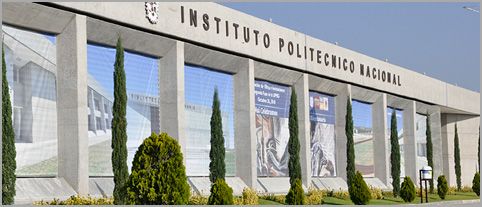Mexican scientists are developing a technological tool that, through biomarkers and artificial intelligence (AI), is capable of early detection of Alzheimer’s disease, the most common form of dementia in the world, according to the World Health Organization (WHO).
In an interview with Xinhua, Jesús Alejandro Acosta Franco, a researcher at Mexico’s National Polytechnic Institute (IPN University), said that this technological advance, unprecedented in scientific literature, automates the analysis of body movements for human cognitive and functional performance.
“One of its characteristics is that it is a non-invasive method, that is, it does not harm the patient and does not use any type of drug to support the early diagnosis of Alzheimer’s, a neurodegenerative disease,” explained the biomedical engineer.

Likewise, Acosta Franco said that this disease affects the brain cells (neurons), causing them to degenerate and die.
Those who suffer from it present progressive deterioration in the capacity to process thought, i.e., memory, orientation, language, learning, calculation, etcetera.
“These biomarkers are based on the analysis of multimedia video, which is very easy to access and, through the analysis of these, support doctors in finding the diagnosis, being able to identify a person who has dementia or who is likely to have it,” he explained.
The scientist clarified that the doctor’s evaluation is not eliminated, but rather it is an additional tool for them to be able to give an early diagnosis of the disease.
This instrument, together with its characteristics and analysis, does not exist anywhere in the world, said the member of the Center for Research and Development of Digital Technology (CITEDI), which belongs to the IPN.
“The device will be around 800 pesos (about 45 dollars), which is very affordable so that the entire population can access this tool,” he assured.
The biomarkers can be used anywhere in the world and thus support people who have to pay high costs for studies that use invasive methods to obtain signs of Alzheimer’s in patients.
To obtain these results, the Master of Science in Digital Systems analyzed videos of healthy people with signal processing algorithms, images, and artificial intelligence, to recognize functional patterns and thus defined the main human biomechanical markers.
The project, continued the researcher, is of high social relevance, as it is a disease that radically modifies the lifestyle of patients and their families and that when diagnosed in time, could provide a better quality of life for patients.
The work was developed in the Deep Learning and Multimedia Indexing Laboratory (APIM) of CITEDI and has the support of professors Alejandro Alvaro Ramírez Acosta, Ciro Andrés Martínez García Moreno, as well as the specialist in geriatrics Clemente Humberto Zúñiga Gil, from the IPN.
The WHO considers dementia as one of the main causes of disability and dependence among the elderly worldwide.
Alzheimer’s disease occurs most frequently in people over 60 years of age and has hereditary risk factors.
According to the same source, cases also occur in younger people, although to a lesser extent.
News Mexico, English News Mexico, latest News Mexico, Alzheimer’s disease, biomarkers, biomarkers Alzheimer’s disease,

